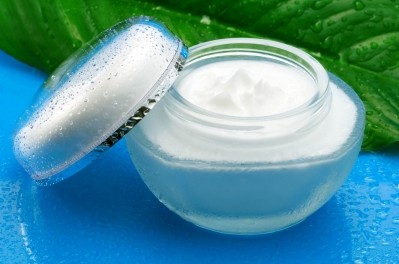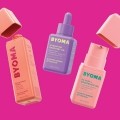The future of anti-pollution & probiotic personal care: how to maximise the potential

This third and final part of our series with Maria Coronado, senior ingredients analyst at market research firm Euromonitor International, considers ‘where next?’ for the trends.
Coronado is presenting on the topic at the upcoming in-cosmetics Global industry event, set to take place in Amsterdam, 17 - 19 April.
What does the future of anti-pollution & probiotic personal care look like? What are the challenges?
The protection trend will continue its growth and spread its tentacles even more widely.
However, one of the potential risks in the probiotics and anti-pollution markets is the lack of regulation and standardization in terms of packaging claims and terminology.
This obviously leaves plenty of room for initiative and freedom but also increases the risk of eventually losing consumer trust.
Who will be the key consumer groups for anti-pollution & probiotic players to target in the next ten years?
Anti-pollution and probiotic ingredients are especially attractive to young urban professionals that are willing to make lifestyle changes to look healthier and younger for longer.
These consumers tend to be more educated and critical and thus more open to trying science-based solutions.
Any top tips for anti-pollution & probiotic brands looking to make an impact in the coming period?
Probiotics can be seen as an opportunity to expand the environmental protection trend initiated by anti-pollution and light protection claims or as the brand new natural approach to the traditional anti-ageing.
In one way or another, to embrace the enormous opportunities that lie ahead companies need to invest in further studies to fully understand the skin barrier and its impacts on health and ageing to develop more customized solutions.
This could be a reality sooner than later if the cost of genetic sequencing falls and the skin microbiome can be fully characterized.
The commercialization of affordable technology that allows the identification and motorization of the human skin microbiome will open up new market opportunities for these ingredients in cosmetics.
For instance, the use of big data and wearable sensors to monitor and analyse microbial footprint, in the same way that today consumer can do with UV protection, will allow the development of novel solutions to maintain healthy skin.




















